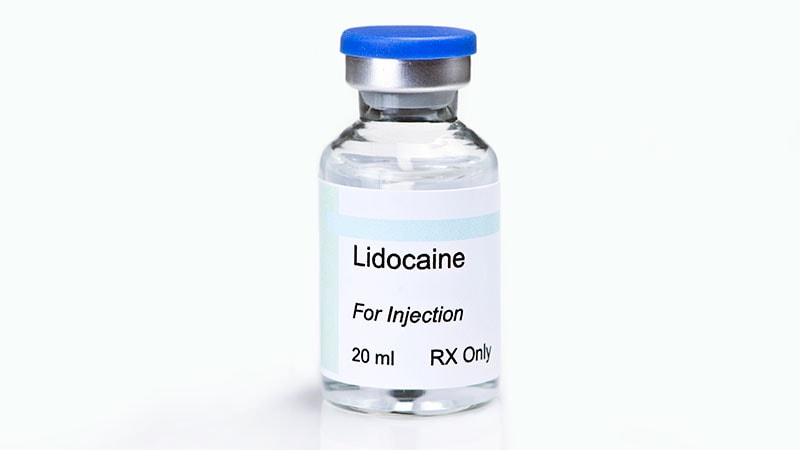Deaths and poisonings linked to the local anesthetic lidocaine have risen sharply over the past decade, as adverse event rates for other local anesthetics have declined, a new study showed.
Investigators found reports of lidocaine poisonings increased by over 50%, from 2016 to 2021, while reports of non-lidocaine poisoning dropped by 50% during the same period.
“These findings highlight the need for enhanced administrative guidance on lidocaine use, greater awareness of the risks of high doses of lidocaine, and improved strategies for preventing and managing severe lidocaine-induced toxicity,” the investigators, with first author Michael Fettiplace, MD, assistant professor, Department of Anesthesiology, University of Illinois Chicago College of Medicine in Chicago, wrote.
The study was published online on July 21 in BMJ Regional Anesthesia & Pain Medicine.
Digging Through Poison Records for Answers
Local anesthetics are crucial for numbing pain, typically during minor surgeries, but can cause systemic toxicity if administered incorrectly.
In 2010, the American Society of Regional Anesthesia and Pain Medicine issued a practice advisory aimed at preventing and managing systemic toxicity from local anesthetics.
The researchers hypothesized that the guidelines would lead to a reduction in related poisonings and deaths, so they compared poisoning and death reports before and after the guideline was released.
For the study, they analyzed data from the American Association of Poison Control Centers’ National Poison Data System, from 1983 to 2022.
They conducted a case-non-case disproportionality analysis beginning in 2001, the year lidocaine was first categorized separately from other local anesthetics in the database.
Reports from before and after 2010 were compared to calculate the reporting odds ratio for the relative frequency of lidocaine-related deaths and poisonings. Differences in poisoning and death trends were further validated using multiple linear regression and Poisson regression, respectively.
Nearly All Lidocaine Deaths Involved High Dosage
From 2001 to 2022, 0.11% of reports of lidocaine poisoning resulted in death, relative to 0.012% of reports of non-lidocaine poisoning deaths.
According to a news release, “The relative risk of death from a local anesthetic more than doubled between 2011 and 2022 compared with the preceding decade, driven by an increase in reports of death associated with lidocaine.”
The researchers also examined 59 individual death cases from 1985 to 2022 (24, women; median age, 47.5 years) from all sources of local anesthesia poisoning and found lidocaine was used in 82% of fatalities between 2011 and 2022.
A “striking” finding was that nearly all lidocaine deaths involved doses above the recommended maximum, with one reported dose of 48,000 mg.
“Given that the lidocaine package insert states that ‘in general it is recommended that the maximum total dose should not exceed 500 mg,’ the ease of access to such large doses of lidocaine is alarming,” the investigators wrote.
Limitations of the study were that clinical and NDPS data could potentially be underreported.
Recommendations are needed to guide the dosing of lidocaine and treatment for catastrophic lidocaine toxicity.
The authors declared having no specific grant for this research from any funding agency in the public, commercial, or not-for-profit sectors. Guy Weinberg is an officer and shareholder of ResQ Pharma, Inc.
